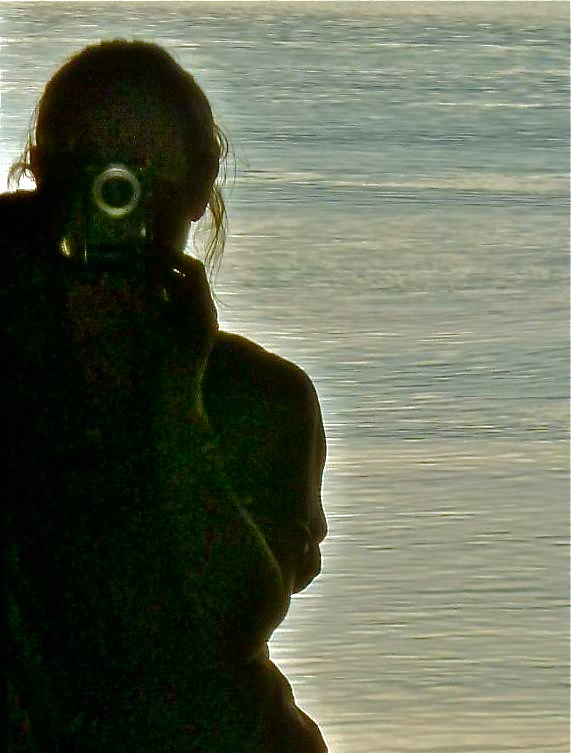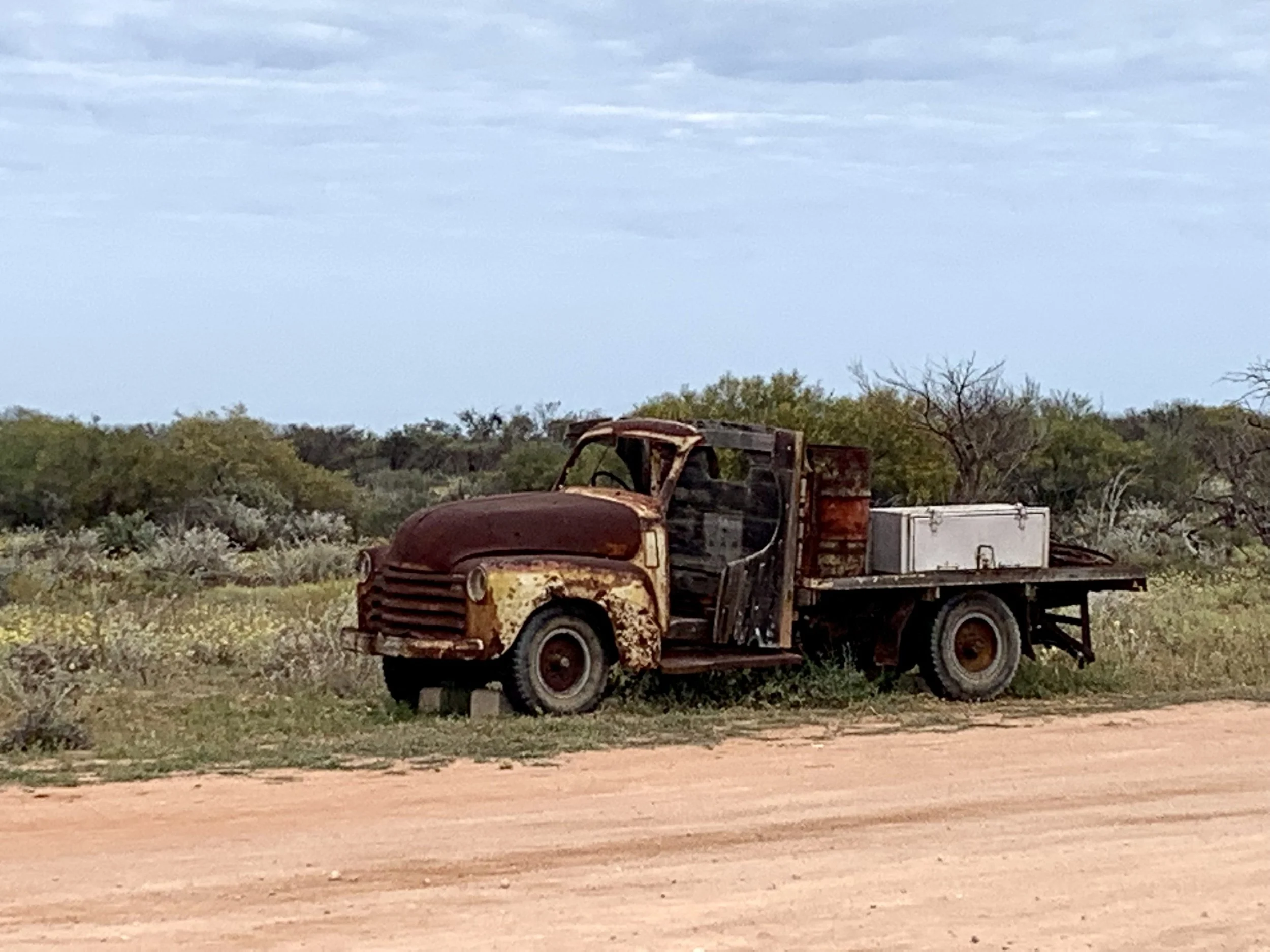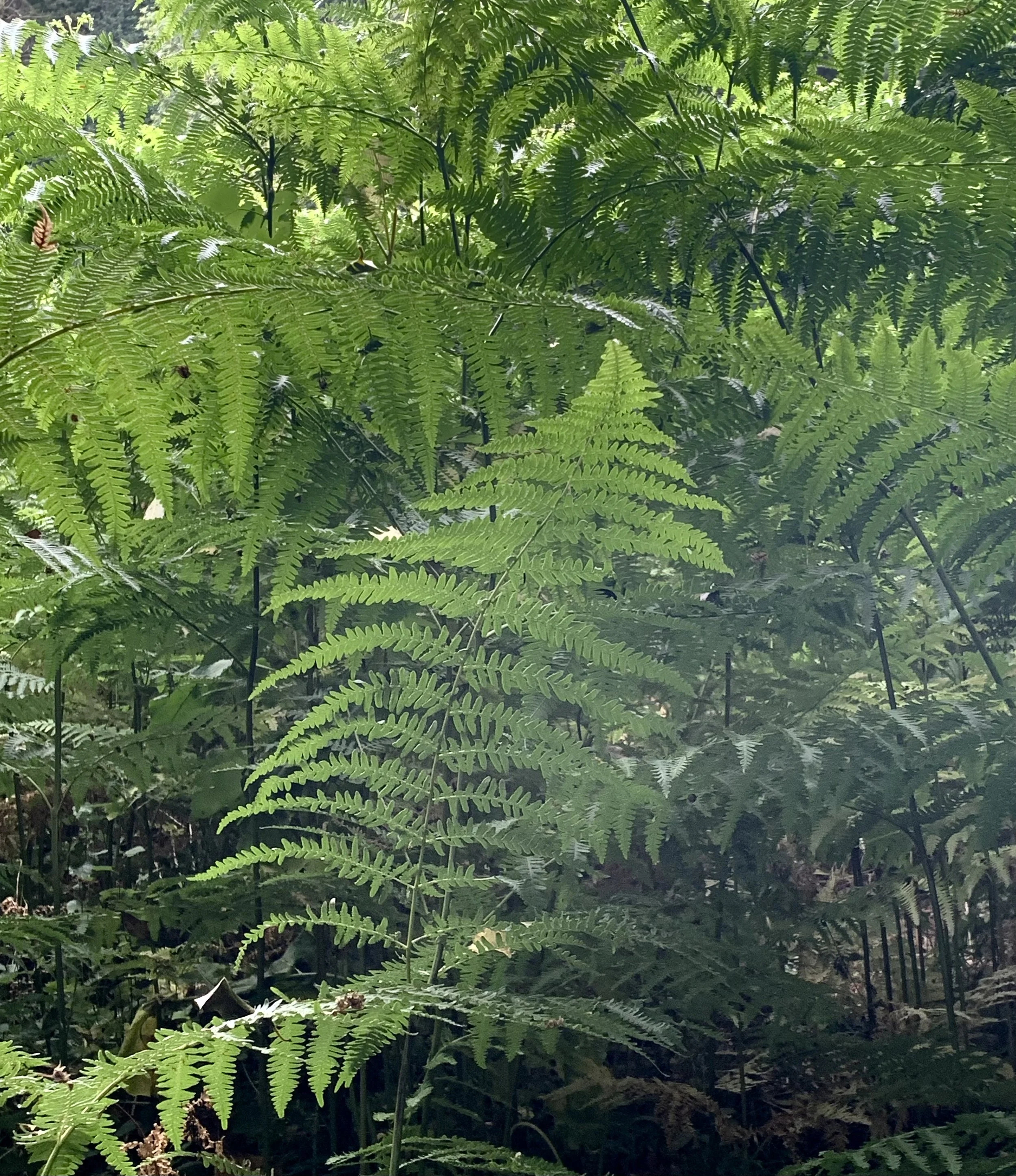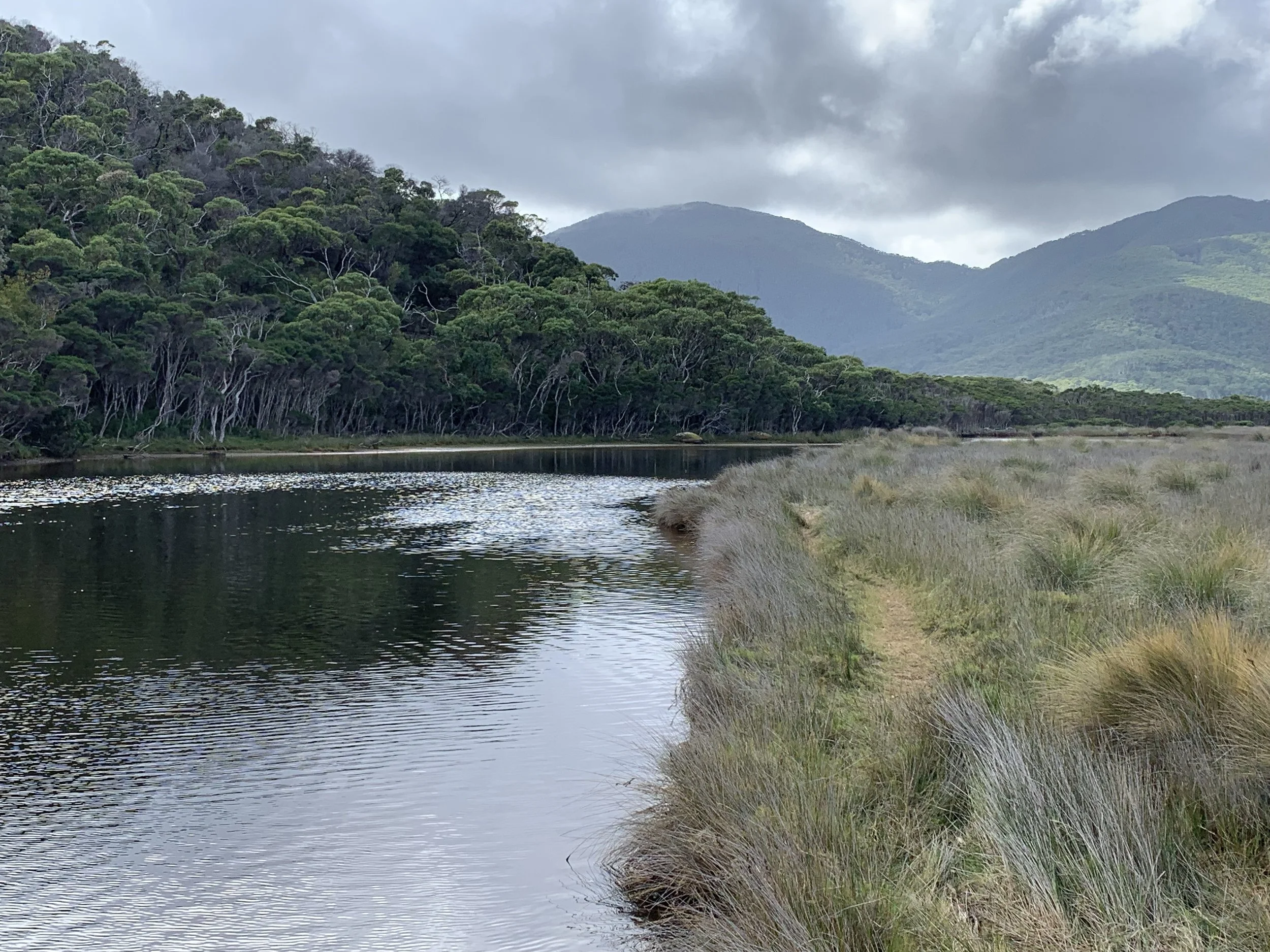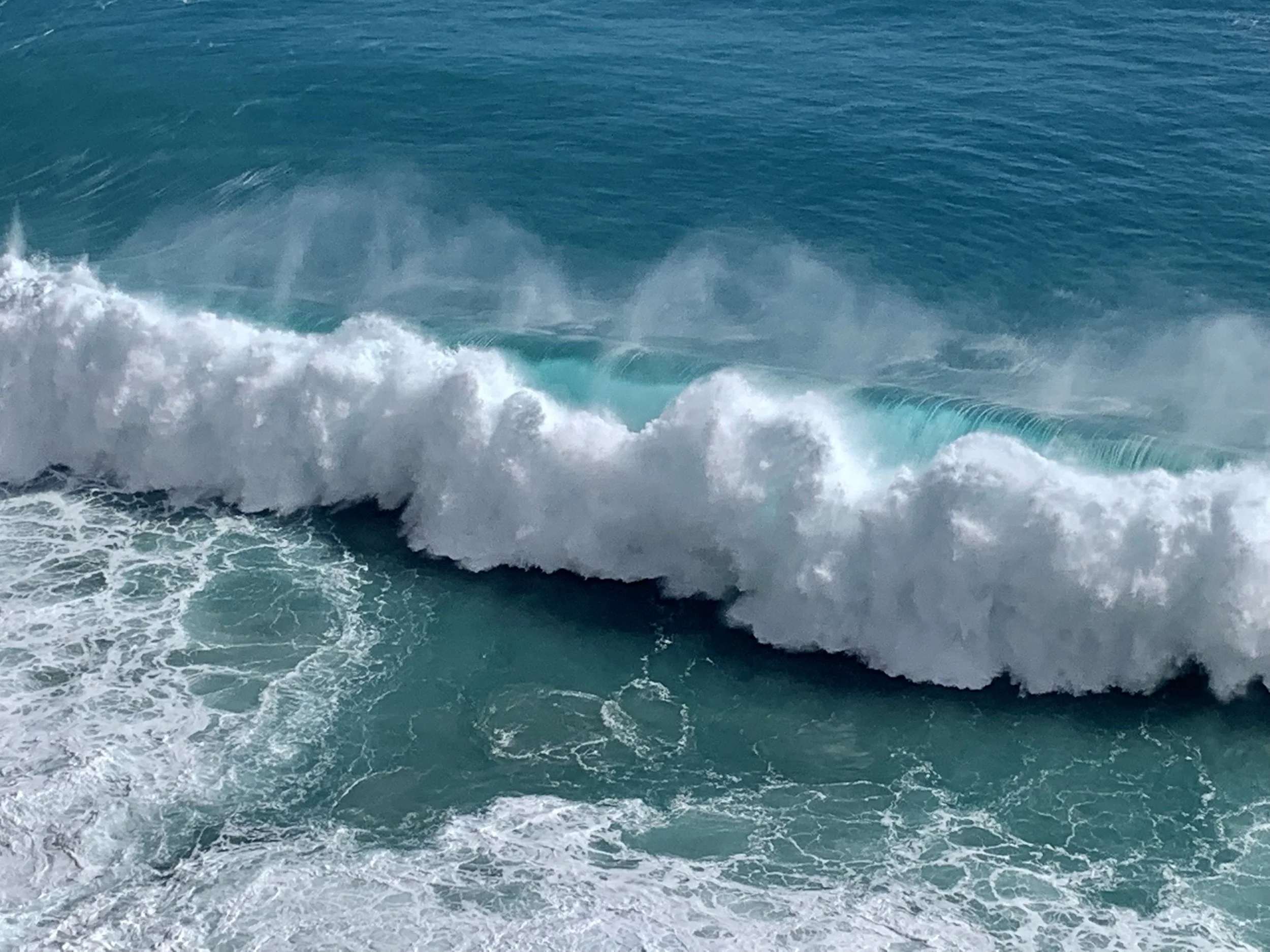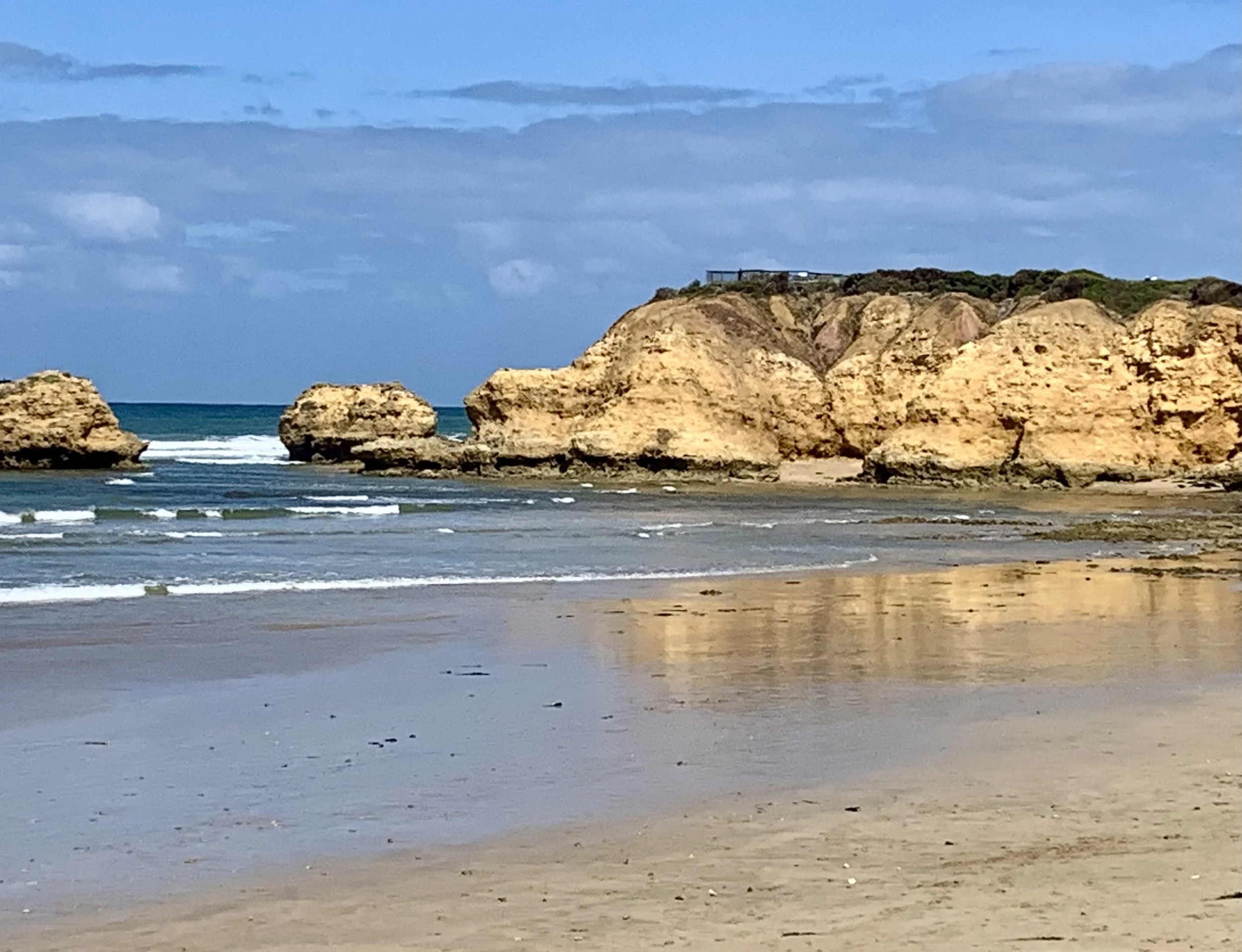Burning bridges
I’ve loved California, or the idea of California at least, for as long as I can remember. When barely a teen, I became infatuated with the base player in a folk-rock band from LA. Some of the best so-called pop music originated on the West Coast back then: and for a long while afterwards it was the only place to have come from; or to wannabe.
Recently I read about a sub-genre of folk rock – ‘characterised by jangly guitar, melodies, harmonies, and lyrics clearly delineated into verse and chorus’ – and termed Jangle pop. I resisted an urge to shout something rude across the empty room: how could the Byrds, R.E.M. and the Smiths share the same music tag? Ah, but things were so straightforward then; they’re much more muddled now.
Such love for California and its music, whatever the label, meant I had to go there, but it took an inordinate amount of time –– an embarrassingly long time, in fact –– to realise my dream. And during my eventual visit to the Golden State I spent more time in places other than the Hollywood Hills where my idol may still have lived. The spring of that year there happened to be the most spectacular wildflower ‘event’, attributed to an unusually wet late-autumn the previous year. Flower power eclipsed pop nostalgia hands down.
I thought of him during recent horrific bushfires, however, wondering if he’d escaped the world of extravagant palaces of the stars before they were reduced to the same charred rubble as the homes of lesser mortals. The conflagration affected all who shared this paradise before the inferno. Not for the first time I was reminded of someone’s observation way back, flippant or cynical I’m not sure which, that California was ‘a fine place to live, if you happen to be an orange’.
For a long time it’s been assumed that the release of stress along the San Andreas fault zone was most likely to reduce the West Coast to rubble: and a serious earthquake was well overdue since San Francisco 1906. In the end, however, disaster took the form of a wind-driven firestorm that grew monstrous and terrifyingly out of control. The Southern California wildfires of January 2025 were exacerbated by drought, low humidity, vegetation that hadn’t been adequately cut back, and strong, persistent Santa Ana winds –– also known as devil winds –– haring from the interior.
This was a place I believed was everlasting, drenched in sunshine and joy, if a tad smoggy occasionally. But much of it was obliterated beyond all recognition; and now I struggle to picture the rounded low hills, unexceptional save for their celebrity inhabitants; an infinite deep blue ocean lapping a sun-drenched coast; and a culture the stuff of millions of dreams.
Oh California; barely getting much of a mention these days, following intervening events best left unsaid, but events that will likely prevent me from ever returning to the US. Dreams shattered into pieces; burnt to a crisp; and finally scuppered by my refusal to patronise a country led by a megalomaniac –– elected, unbelievably, a second time around –– and aligned with an equally unpalatable mega-rich-egotist-weirdo. We used to call such people bigheads where I come from: but that’s nowhere near rude enough now. Rumour has it the bromance is over in any case: thank all your gods out there.
Are wildfires becoming more frequent and intense in a warming world? Perhaps we hear more about them than previously. Recurring fire weakens native plant species so they are easily replaced by robust invaders that ignite easily and smoulder longer, creating a cycle of escalating risk and destruction.
I have limited experience of wildfires, and on the opposite side of the planet. In the lead-up to the fire season in Australia, there are ‘planned burns’ to prevent larger accidental, potentially catastrophic fires. The national broadcaster, the ABC, reminds listeners beforehand of their responsibility to reduce fire risk, by moving timber and other inflammables away from their property; cutting deadwood ‘fuel’ from trees and bushes; and packing essentials in readiness for rapid evacuation. If firefighters come knocking to evacuate residents, you must follow them immediately, no dashing to pack a bag. Small valuables, important documents, and pets that can travel in lightweight, easy-to-carry baskets must be ready to grab as you rush out of the door.
On a larger scale, I know little about how best to pre-prep for fire seasons in high-risk landscapes. But I do know the extent to which indigenous practices – such as regular and carefully managed ‘cool burns’– could and should be learned and shared more widely across a warming planet. Consider at what level of danger prescribed recommendations should become enforceable laws.
A fiercely howling wind may be indistinguishable from the roar of an approaching wall of flame. It is also worth knowing that a blaze powered by a land gale moves faster than a human can run.
In the meantime, enjoy the natural world whenever and wherever you can: especially wildflower carpets in your favourite colours; ferny forest glades in all the greens; cloud-kissed peaks reaching for galactic heights; mighty rivers steadily coursing to the ocean; crashing waves thundering; and birds’ divine songs: especially the birdsong. So much to marvel at on our rocky little home.
A little while before I left Australia, I spoke to someone I knew in country Queensland at a time when much of the state was under a high-alert fire ban. Her family had battened down the hatches on their farm and were awaiting further instruction from the fire service. She described an eerie calm, larger wildlife having long since departed for safer places, while smaller creatures such as frogs had already taken refuge inside her house! She also mentioned that there was no birdsong; upon which news I experienced a psychogenic shiver; which is to say, the goosebumps were created by fear in my brain rather than a drop in temperature. Many animals have uncanny instincts that humans haven’t perfected well enough yet. We would do well to pay more attention.
You’ll always find something else to occupy your mind if you don’t want to confront the big scary prospects on our rapidly warming home, but the sooner we do, the more confident we’ll be to act and less likely to panic. I read the other day of concerns that most people are unprepared for any kind of catastrophe. Have you got a plan for survival? Are all family members aware of the plan and cognisant of their roles within it?
